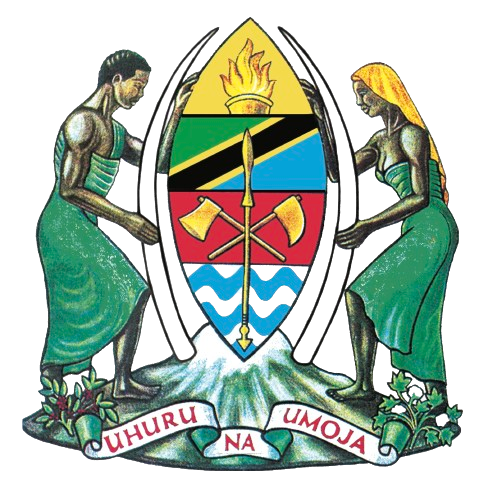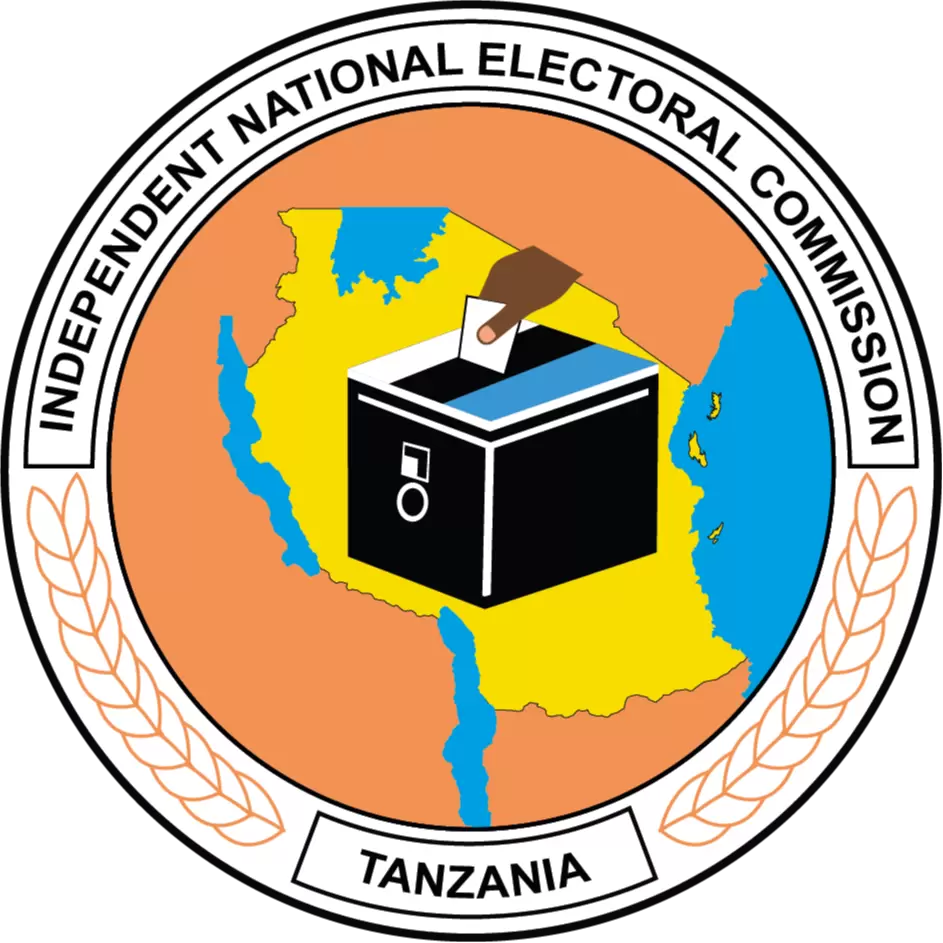Variability in P1 gene redefines phylogenetic relationships among cassava brown streak viruses
- 2nd April, 2022 14:29
- By CHONA.MAHUSHI
- Papers
Author(s) : Willard, M., Tairo, F., Sseruwagi, P., Ndunguru, J., Duffy, S., Mukasa, S., Benesi, I., Sheat, S., K
Background: Cassava brown streak disease is emerging as the most important viral disease of cassava in Africa, and is consequently a threat to food security. Two distinct species of the genus Ipomovirus (family Potyviridae) cause the disease: Cassava brown streak virus (CBSV) and Ugandan cassava brown streak virus (UCBSV). To understand the evolutionary relationships among the viruses, 64 nucleotide sequences from the variable P1 gene from major cassava producing areas of east and central-southern Africa were determined.
Methods: We sequenced an amplicon of the P1 region of 31 isolates from Malawi and Tanzania. In addition to these, 33 previously reported sequences of virus isolates from Uganda, Kenya, Tanzania, Malawi and Mozambique were added to the analysis.
Results: Phylogenetic analyses revealed three major P1 clades of Cassava brown streak viruses (CBSVs): in addition to a clade of most CBSV and a clade containing all UCBSV, a novel, intermediate clade of CBSV isolates which has been tentatively called CBSV-Tanzania (CBSV-TZ). Virus isolates of the distinctive CBSV-TZ had nucleotide identities as low as 63.2 and 63.7% with other members of CBSV and UCBSV respectively.
Conclusions: Grouping of P1 gene sequences indicated for distinct sub-populations of CBSV, but not UCBSV. Representatives of all three clades were found in both Tanzania and Malawi.


